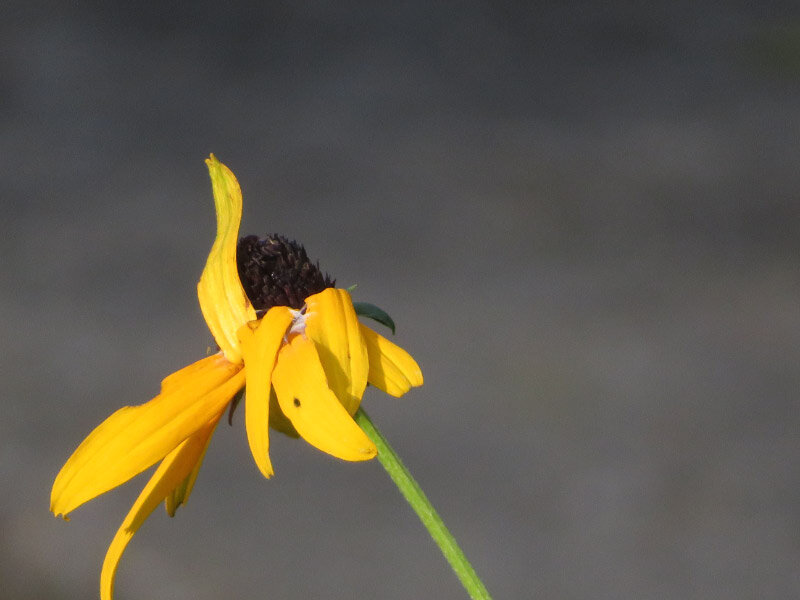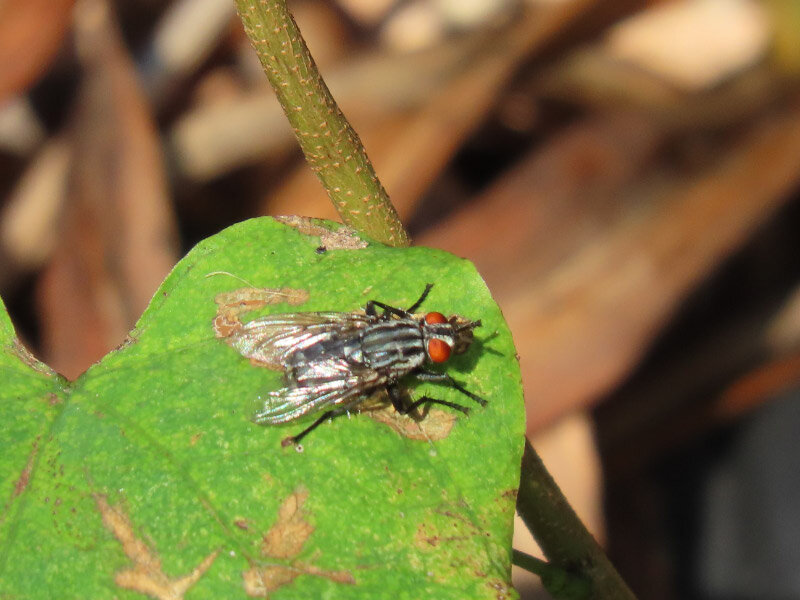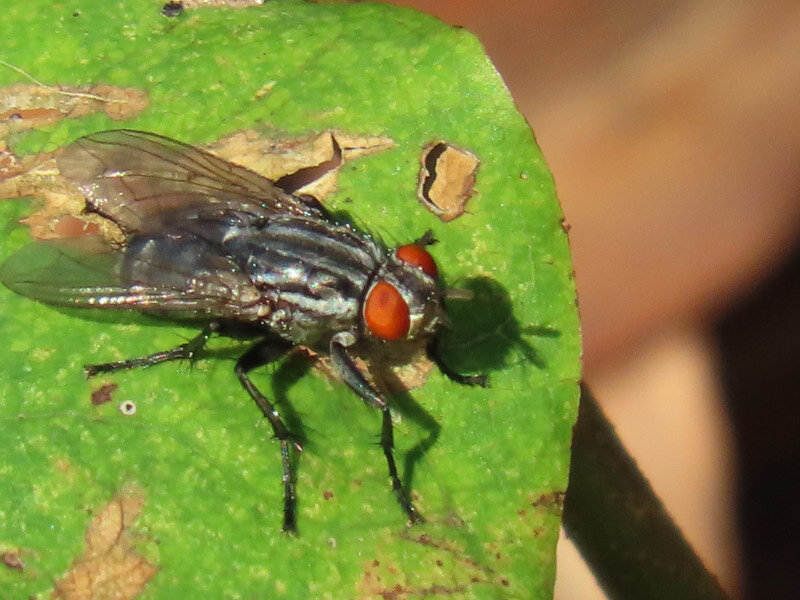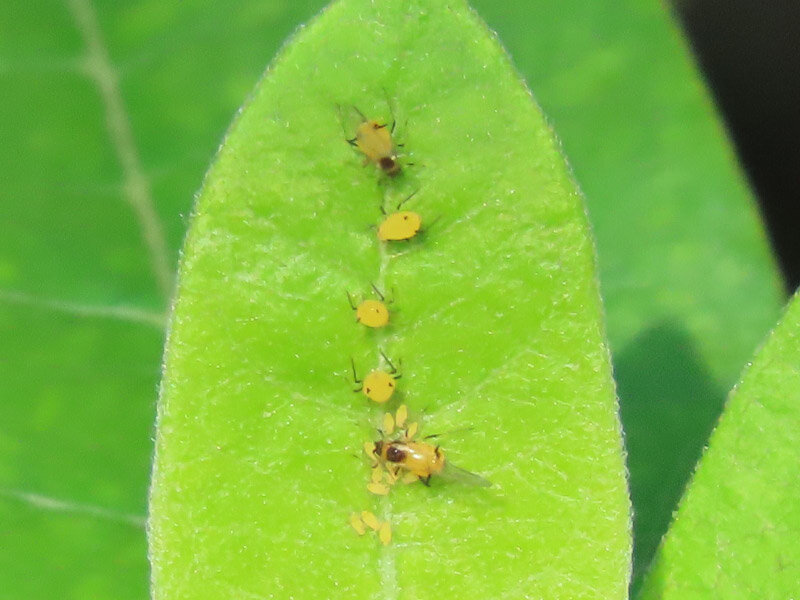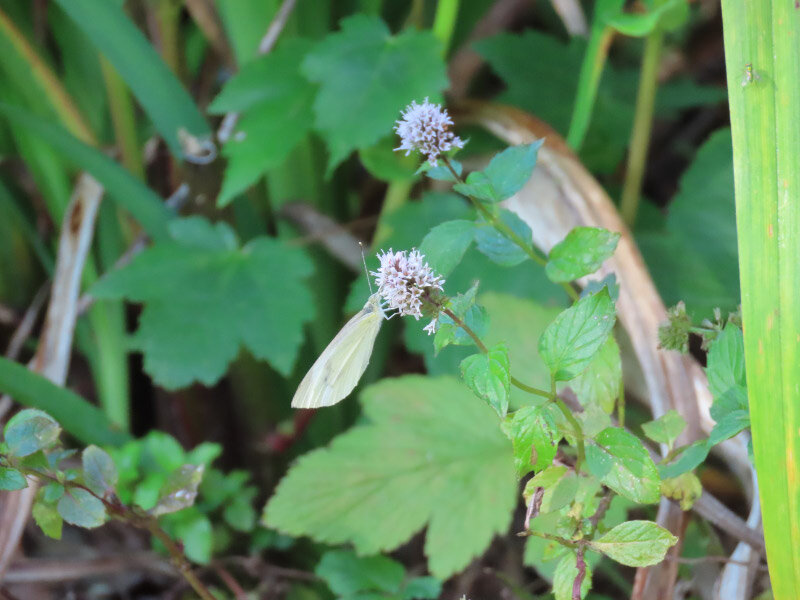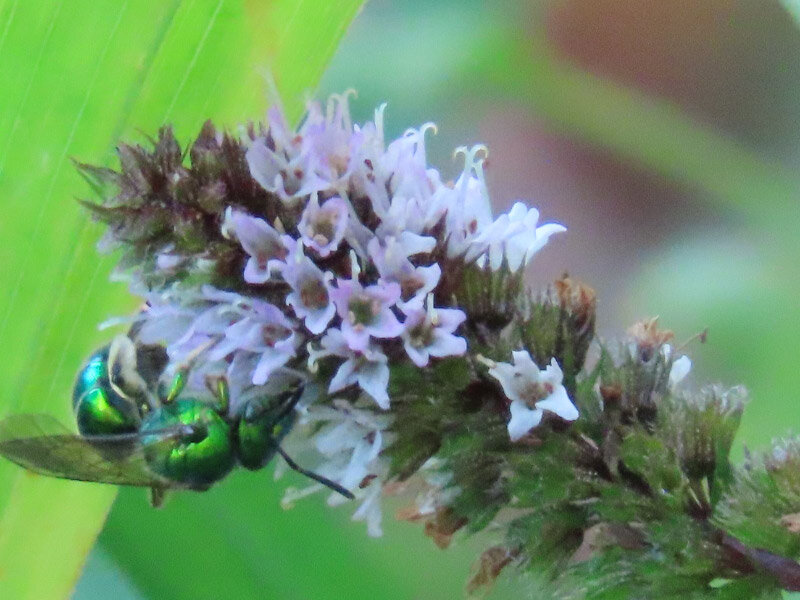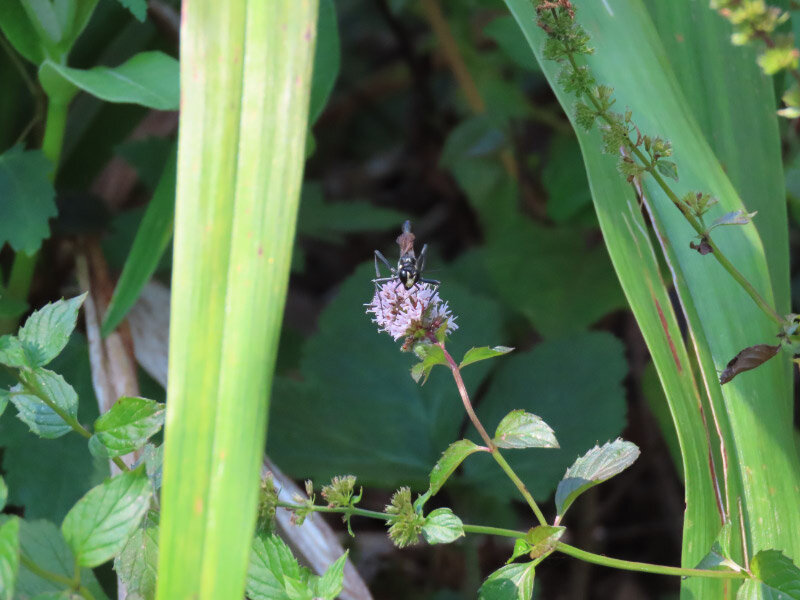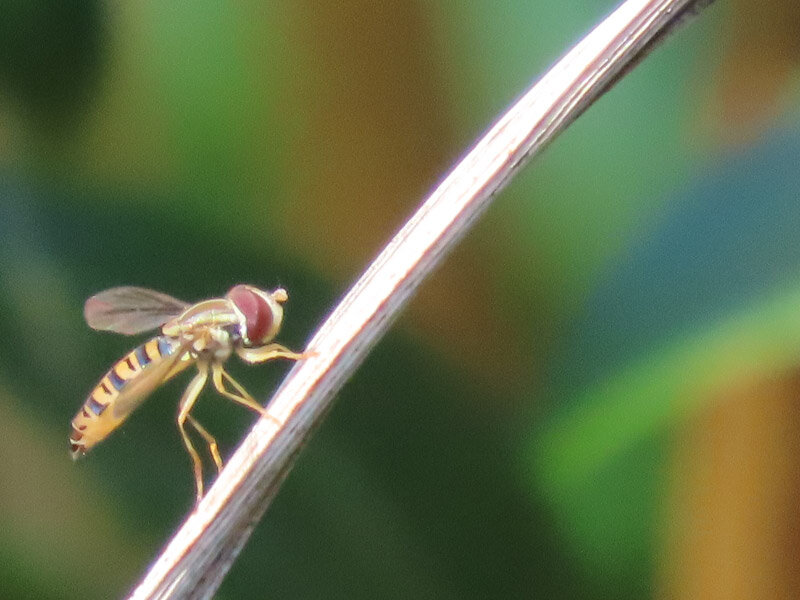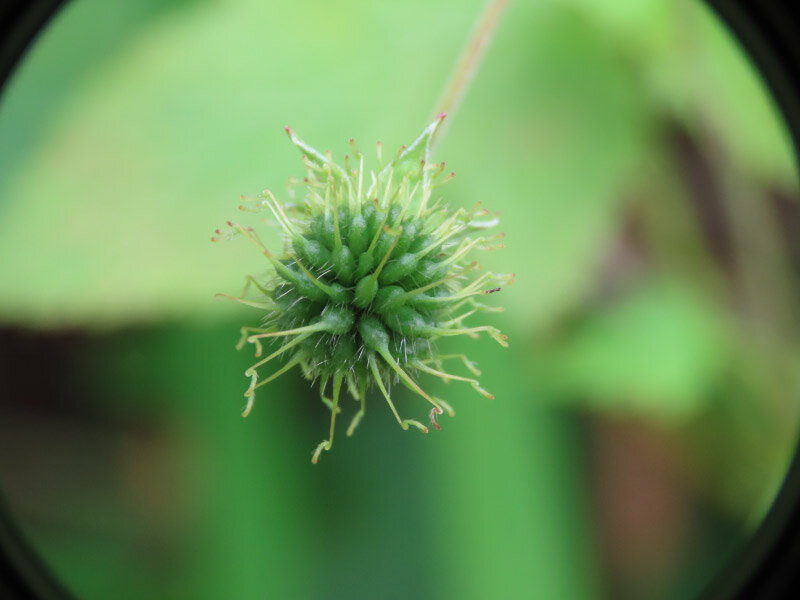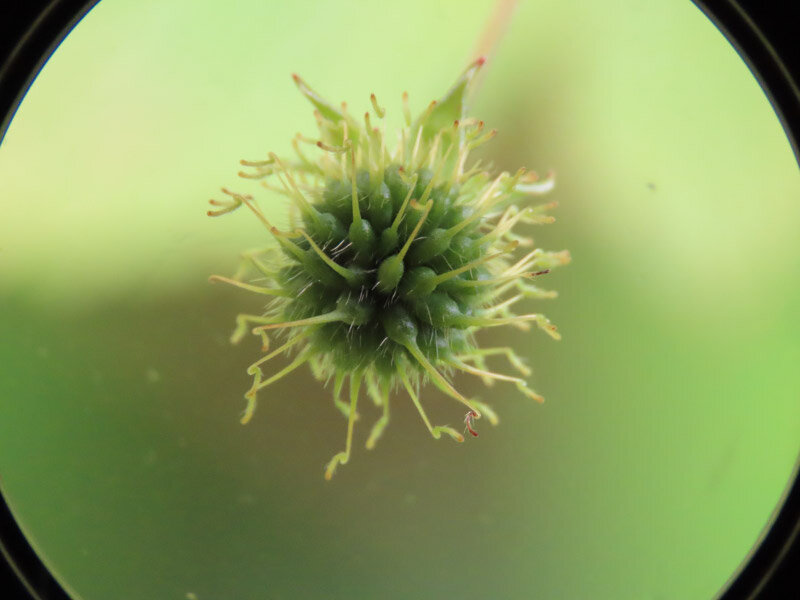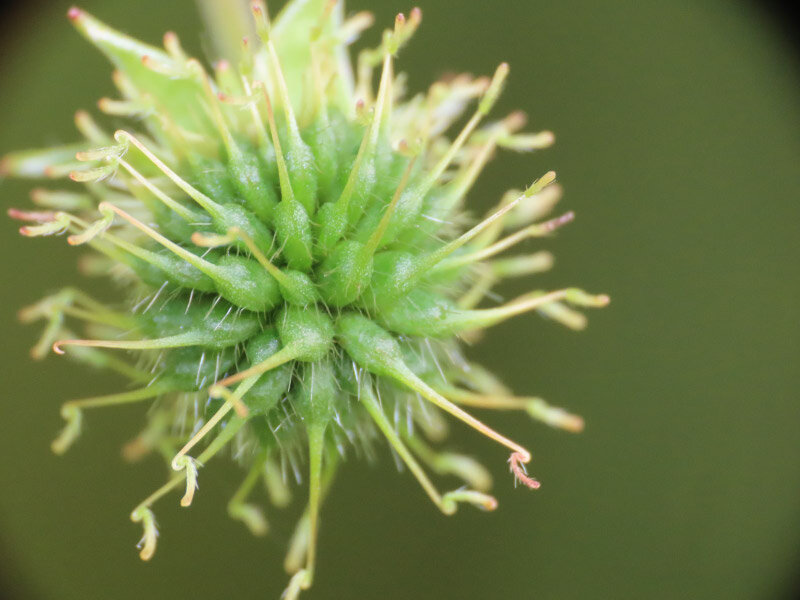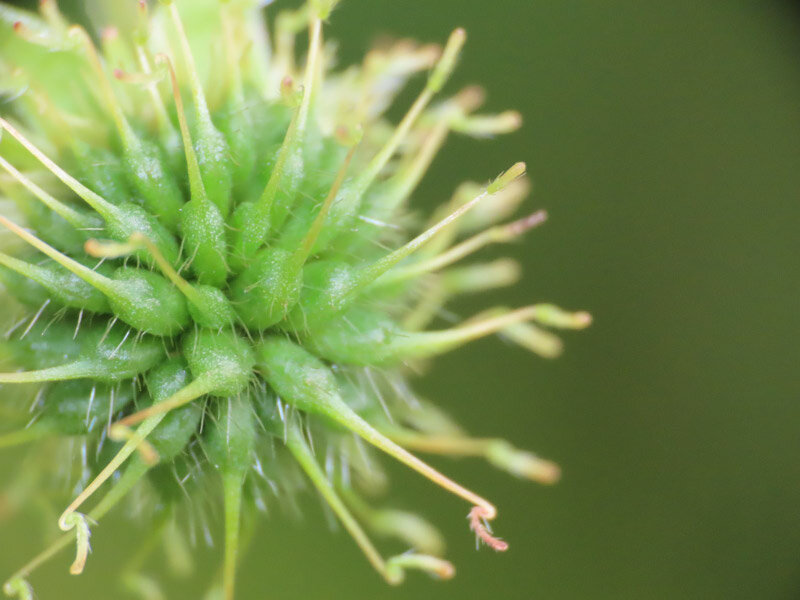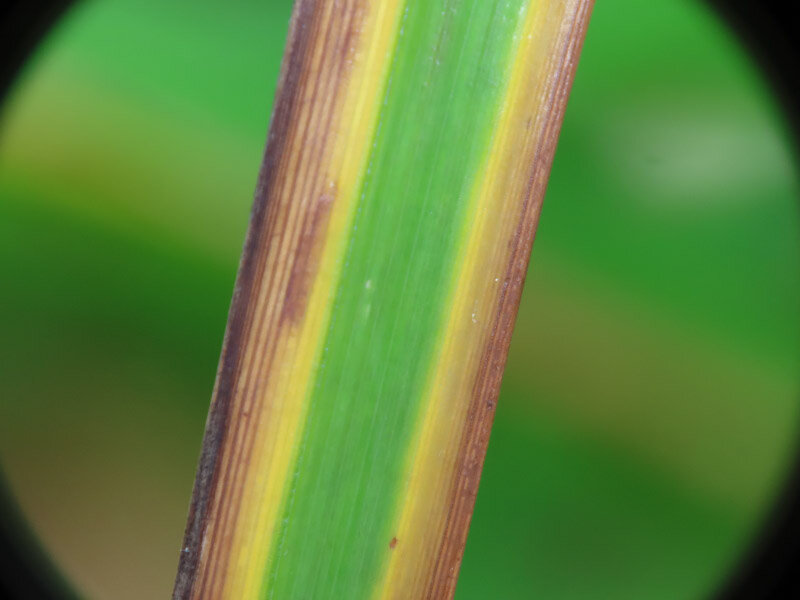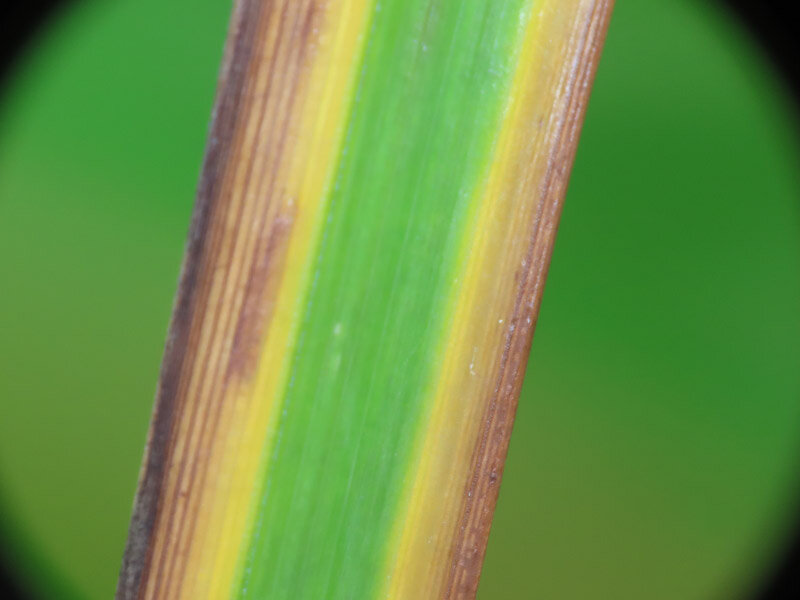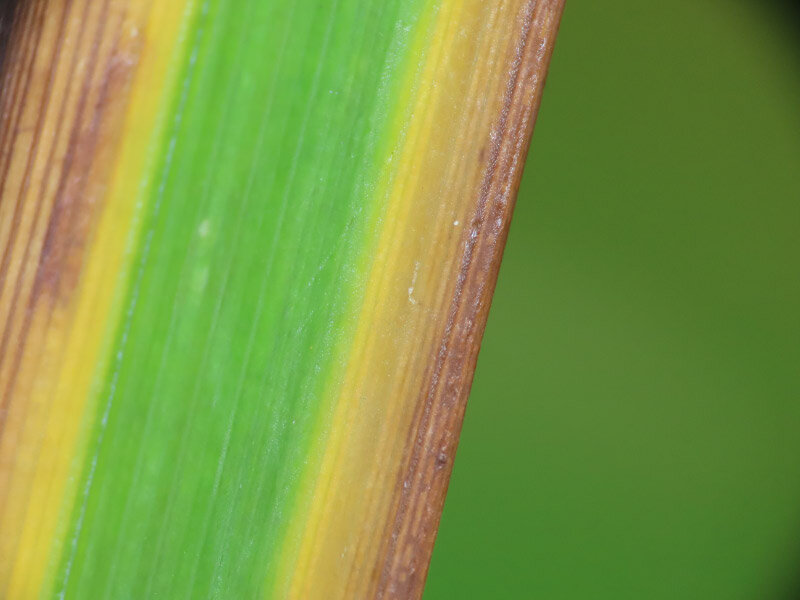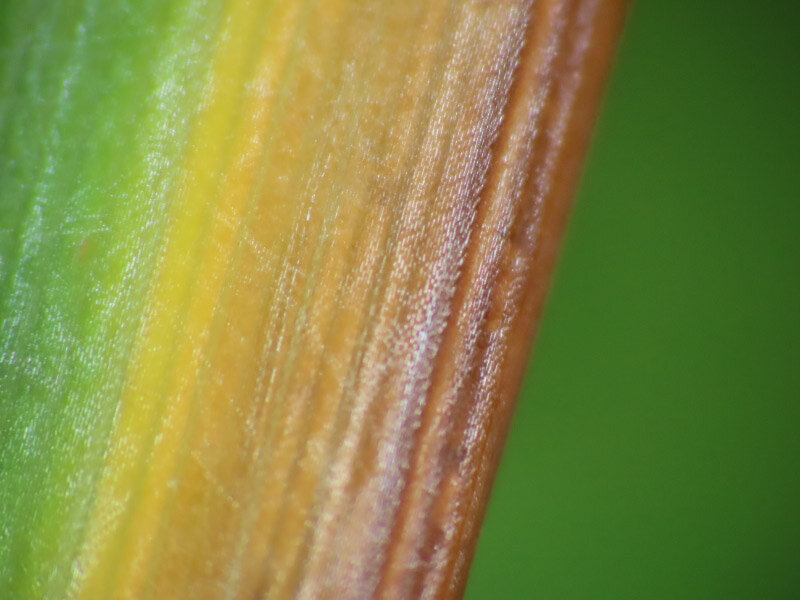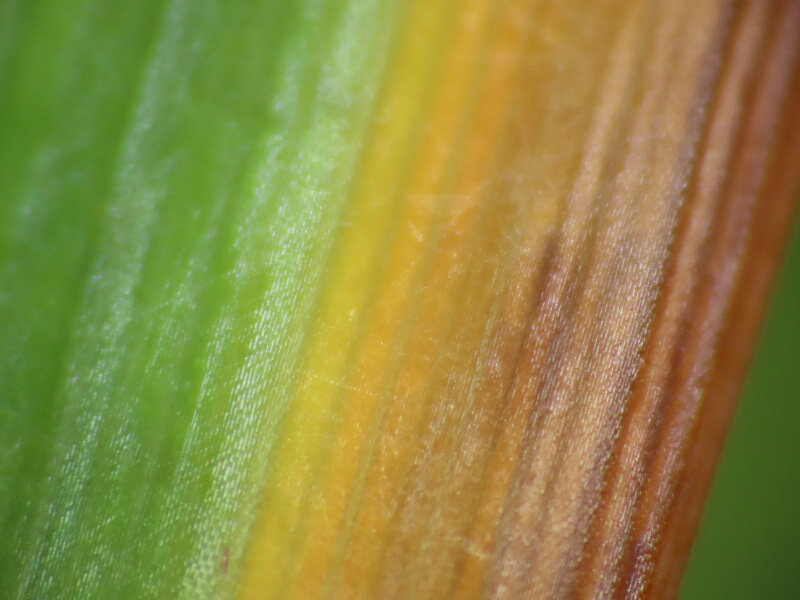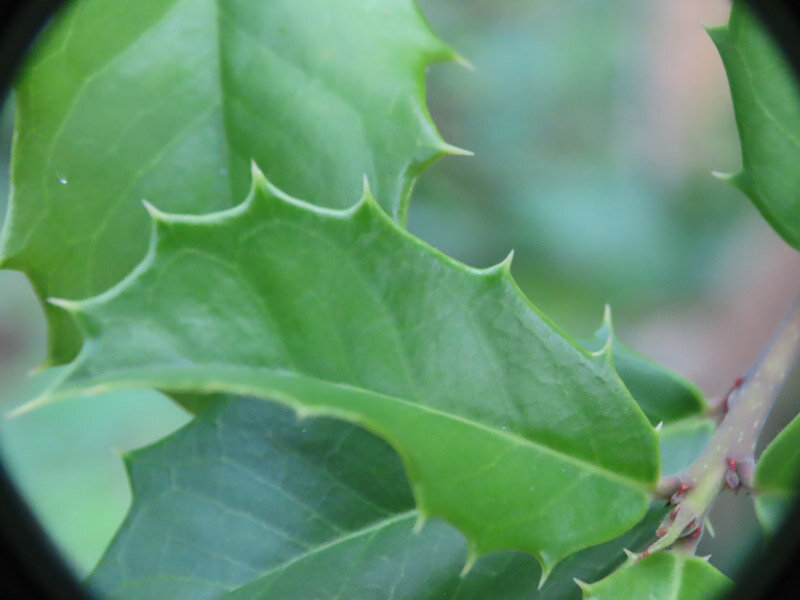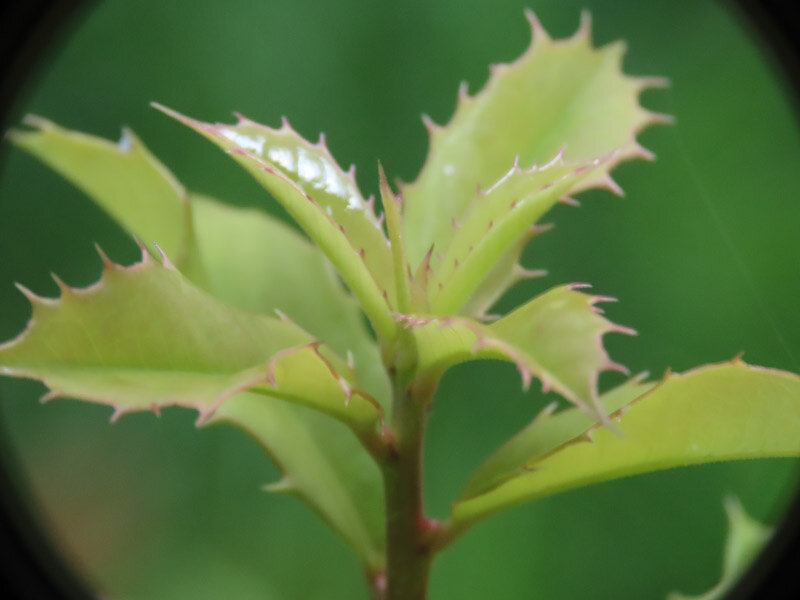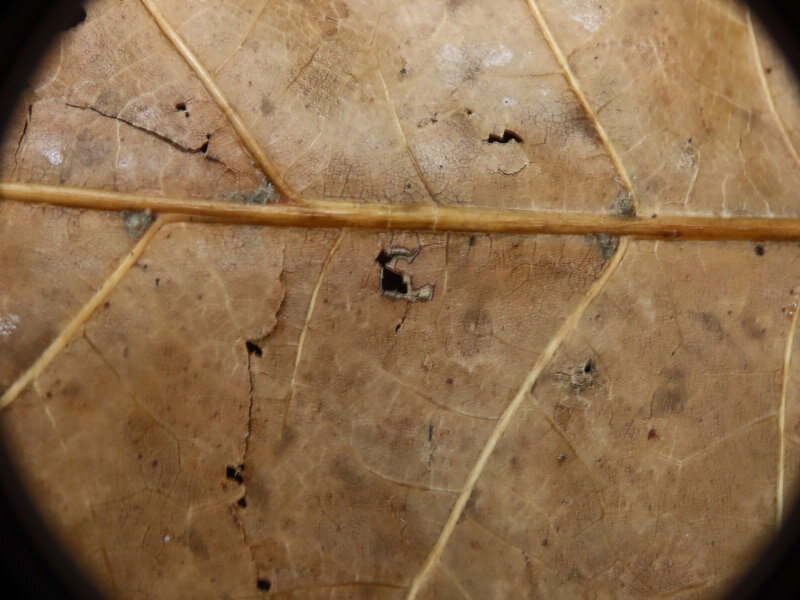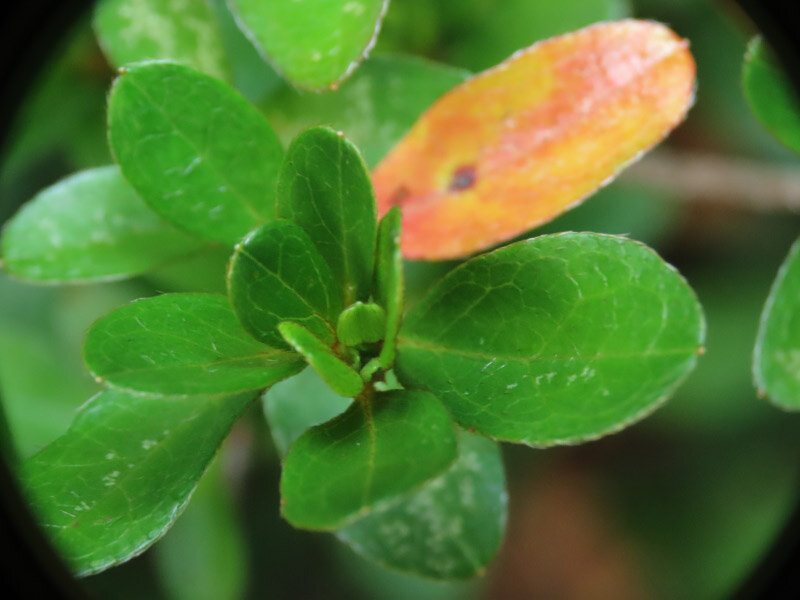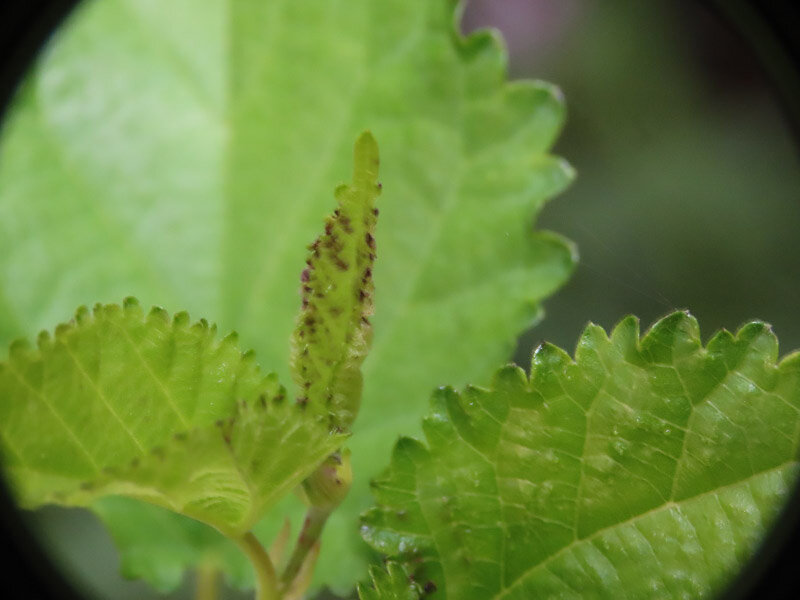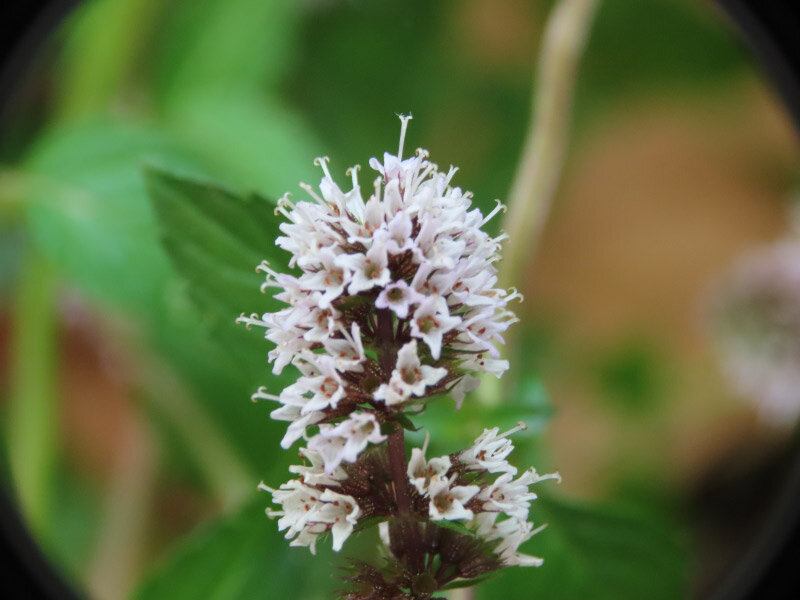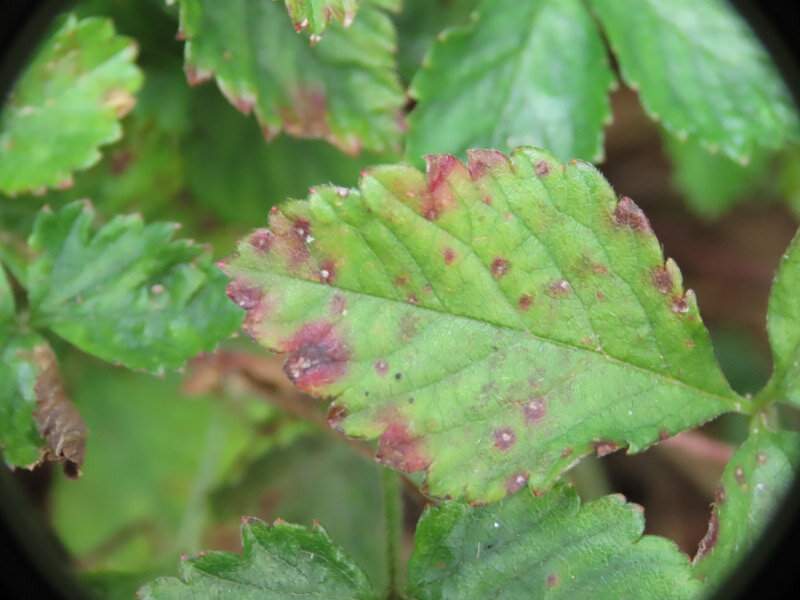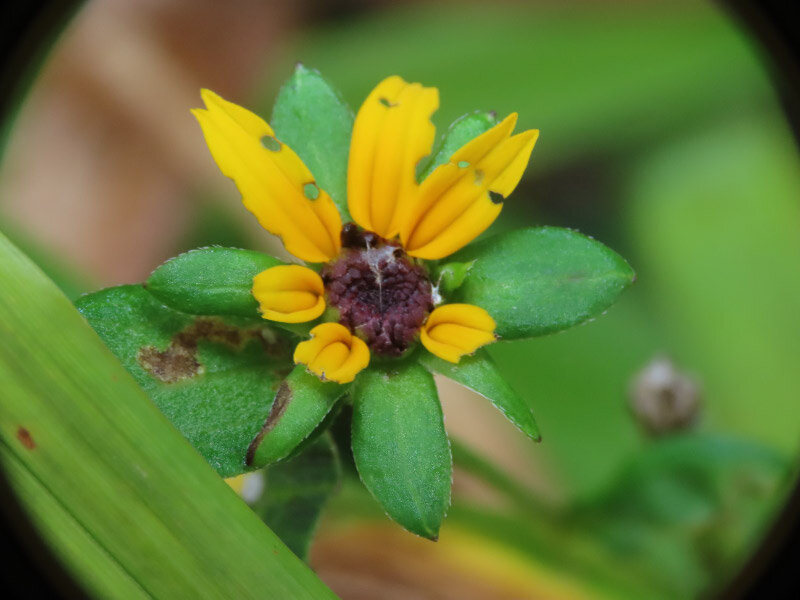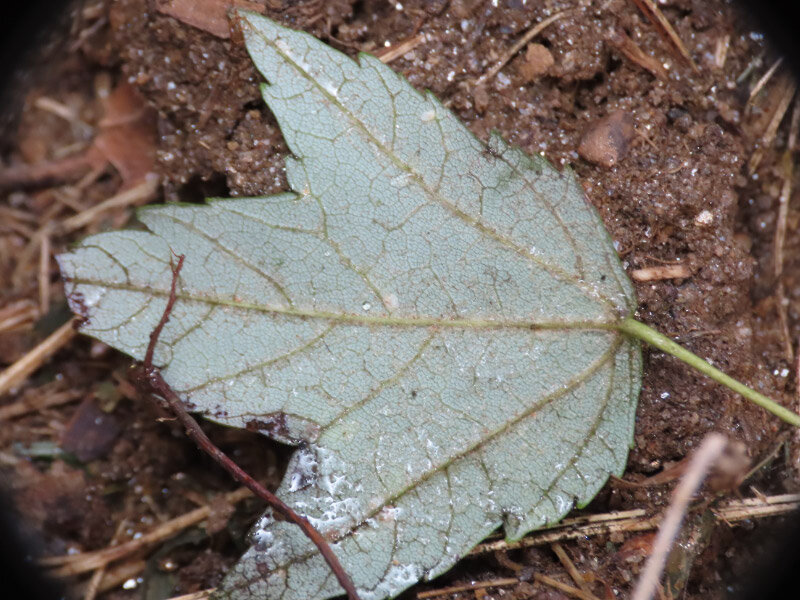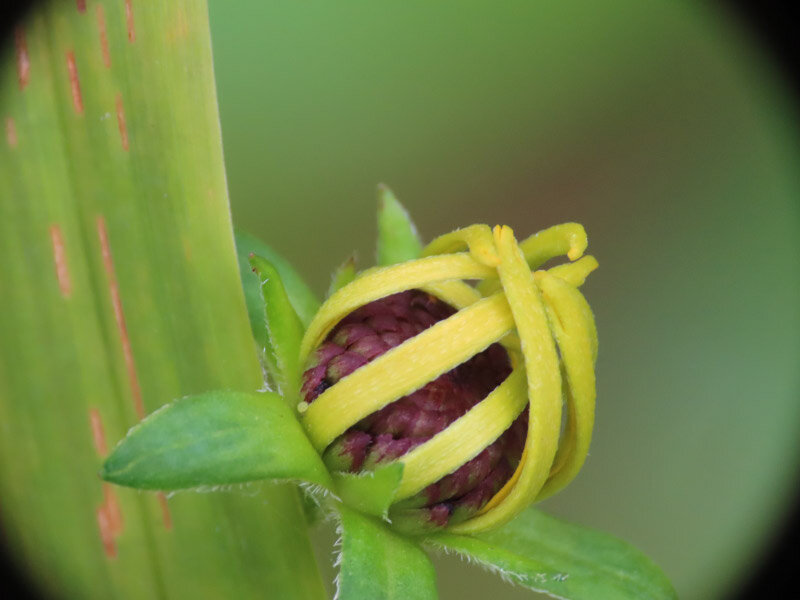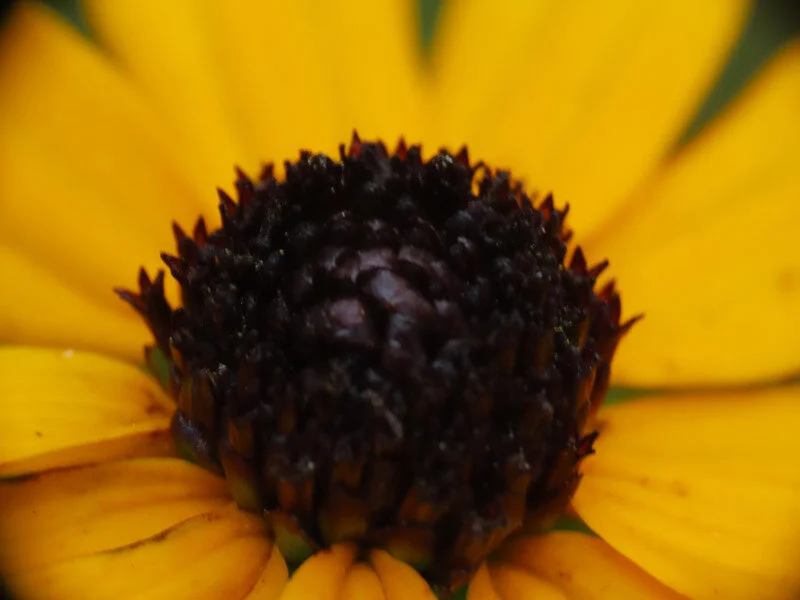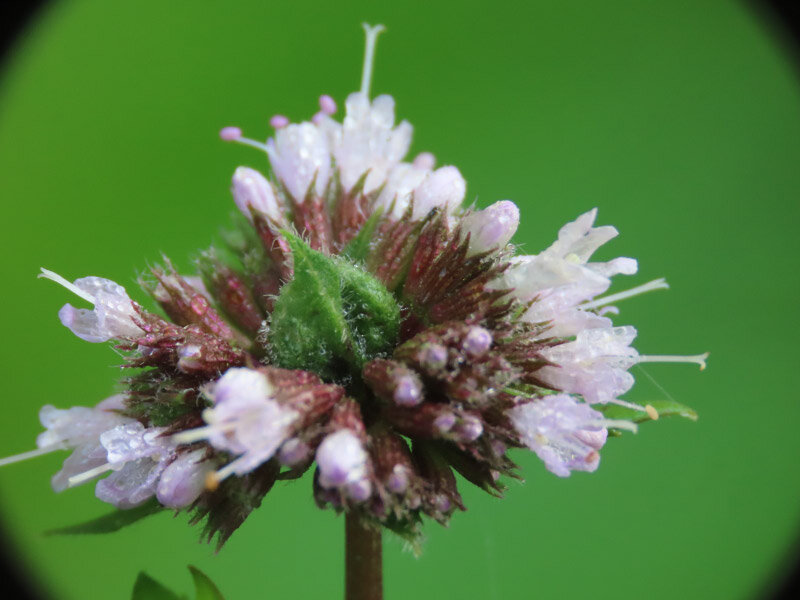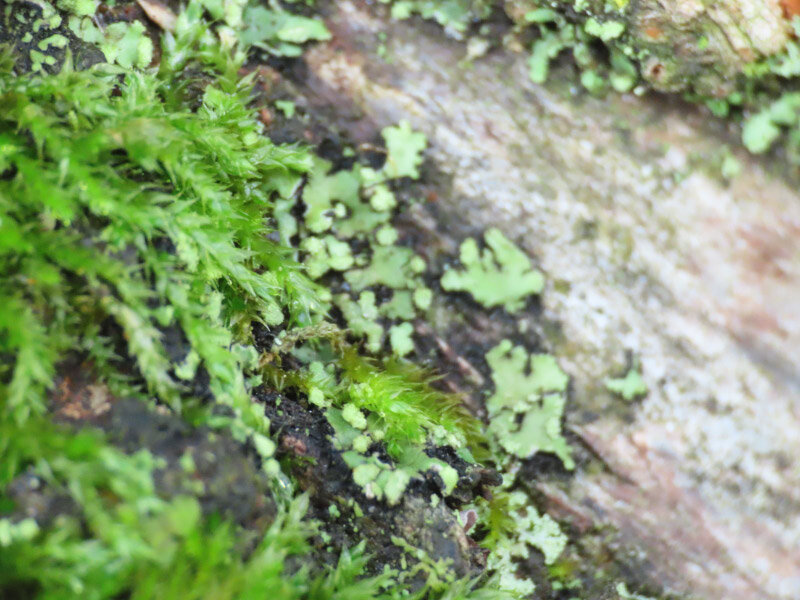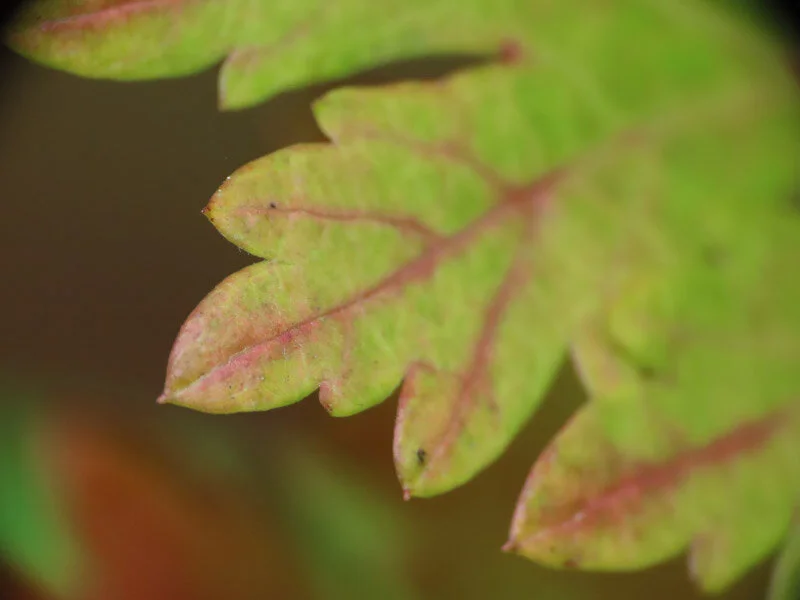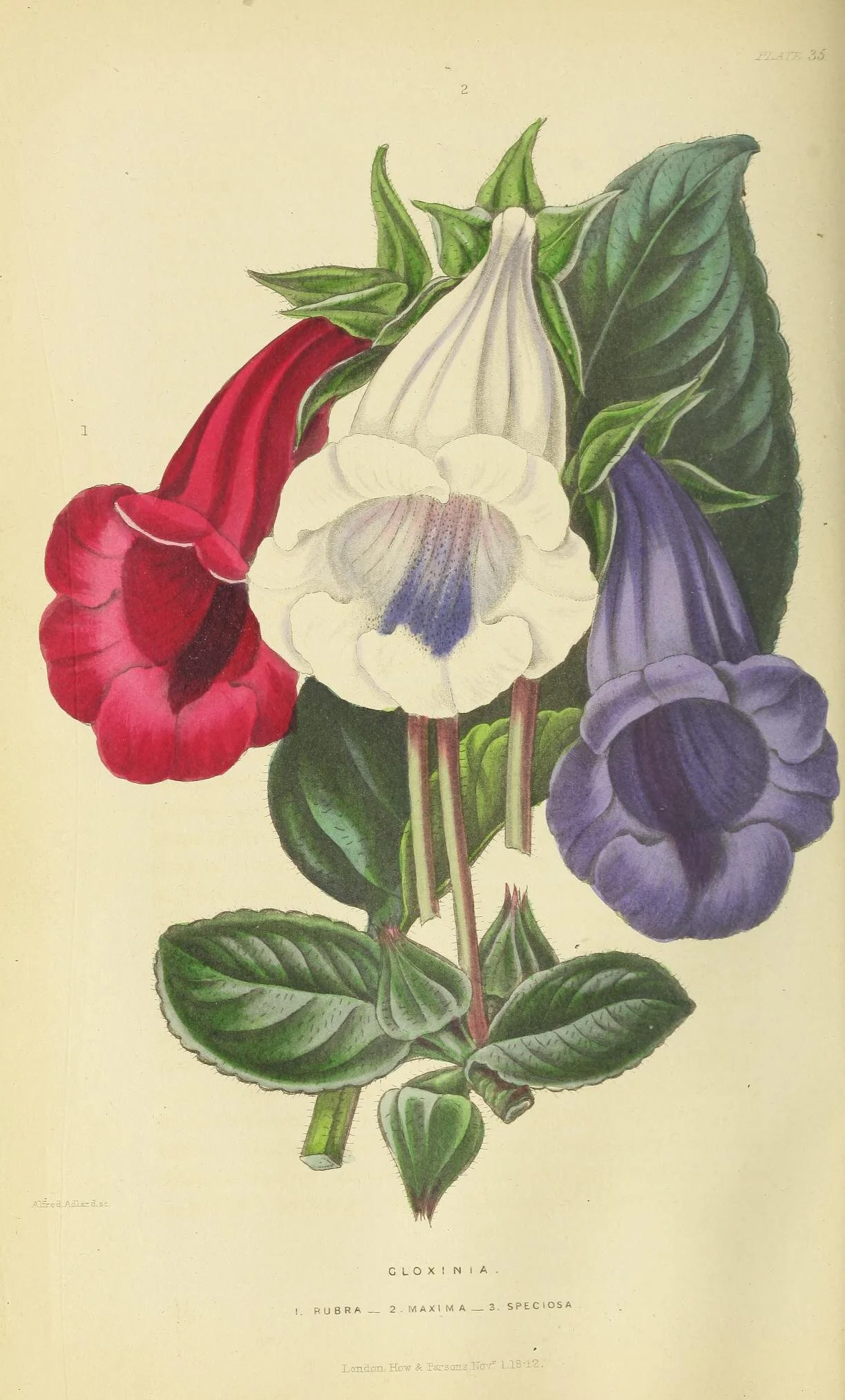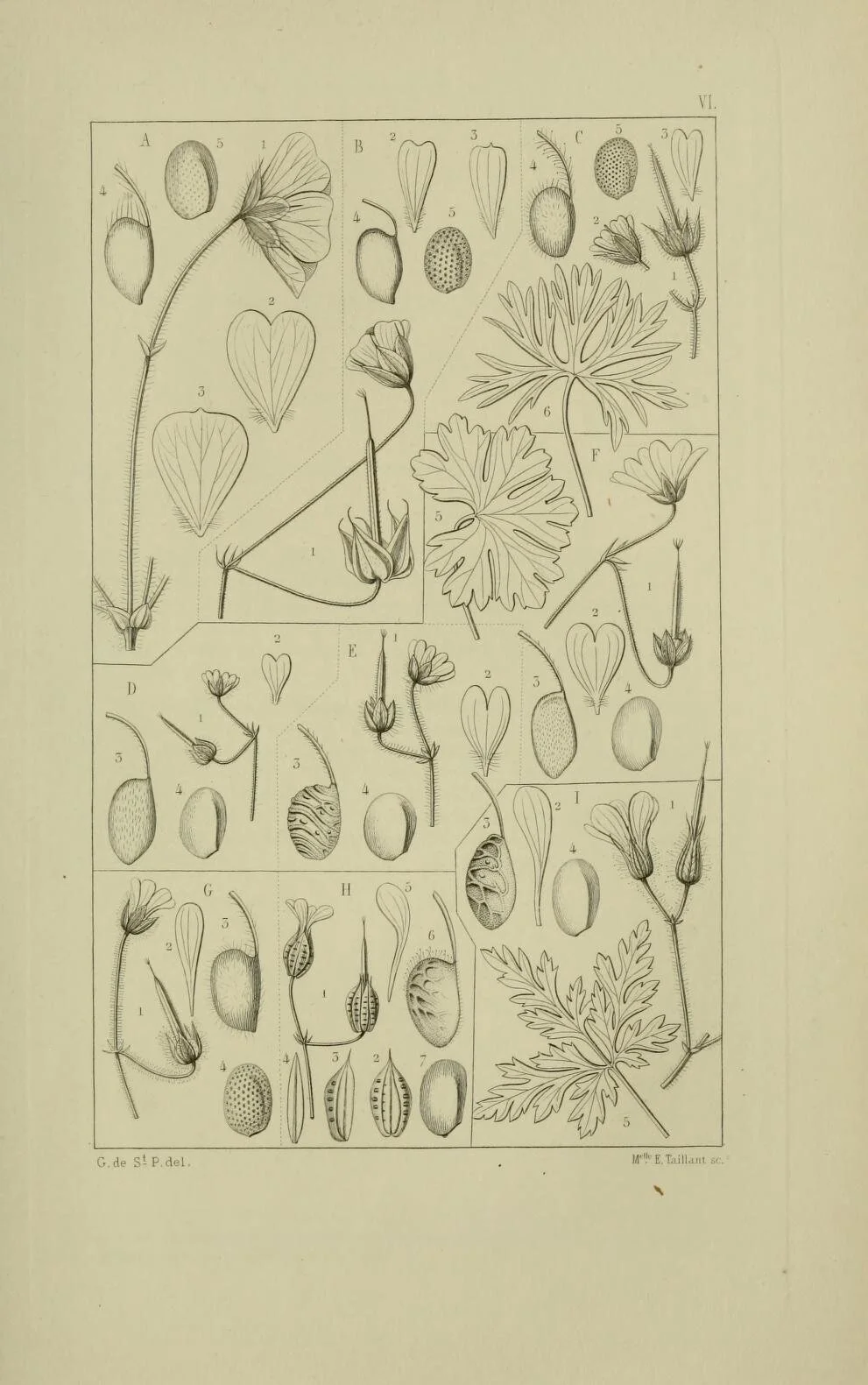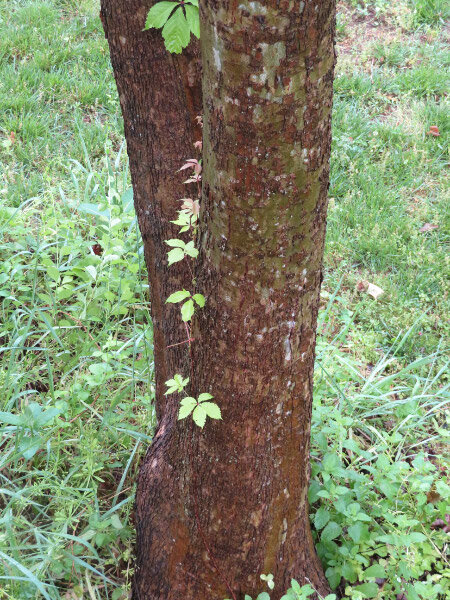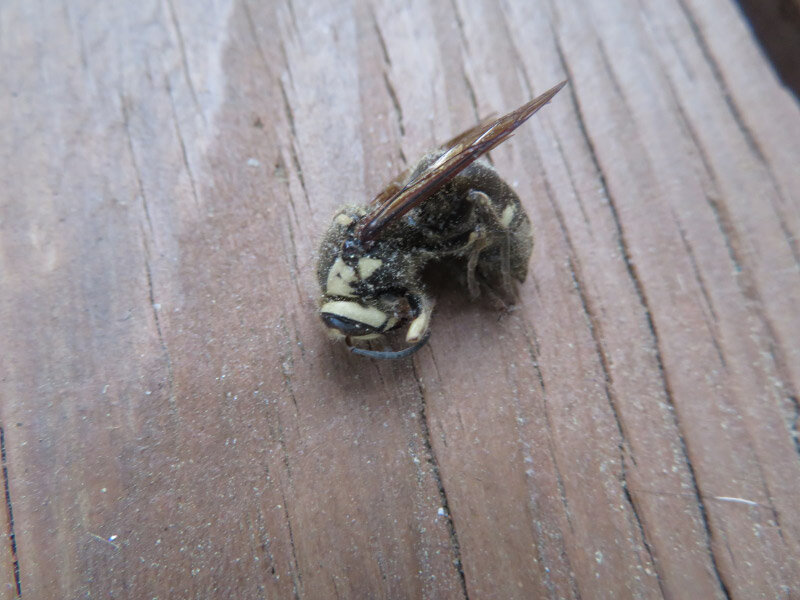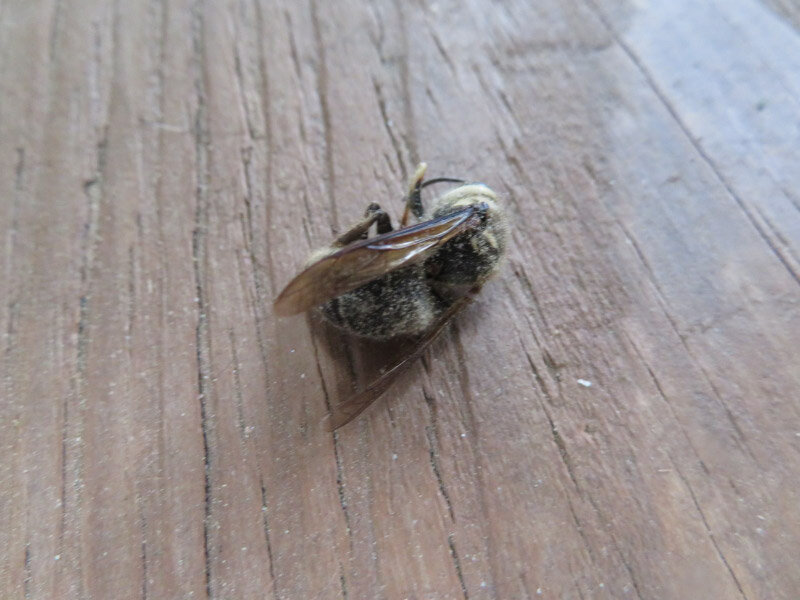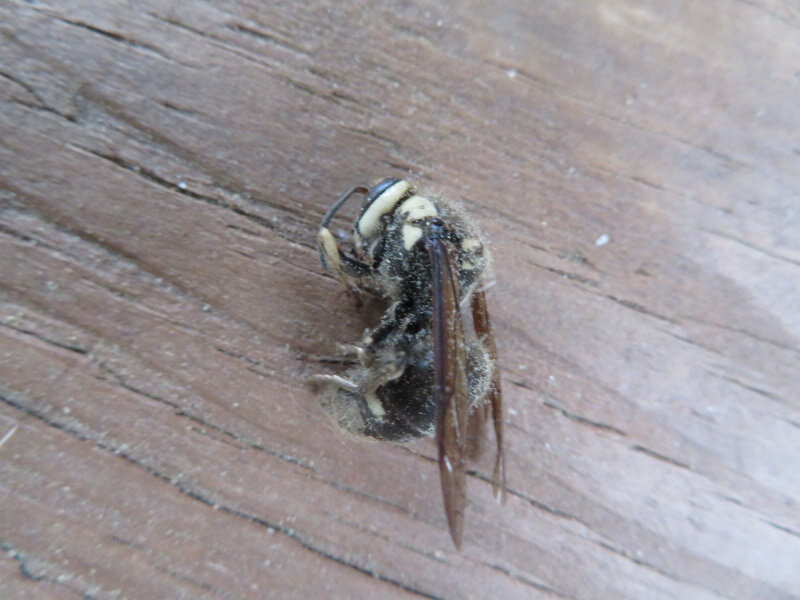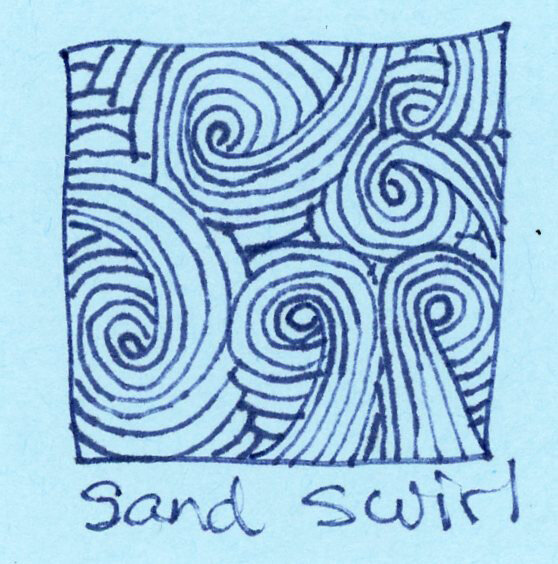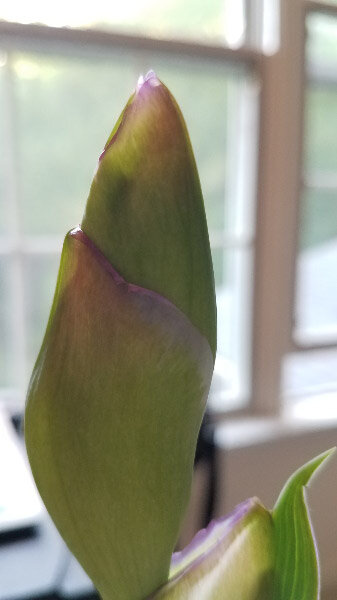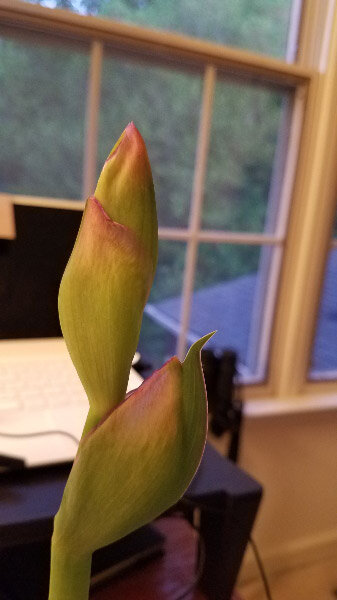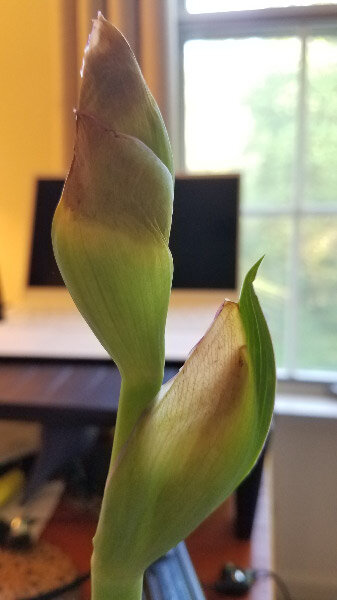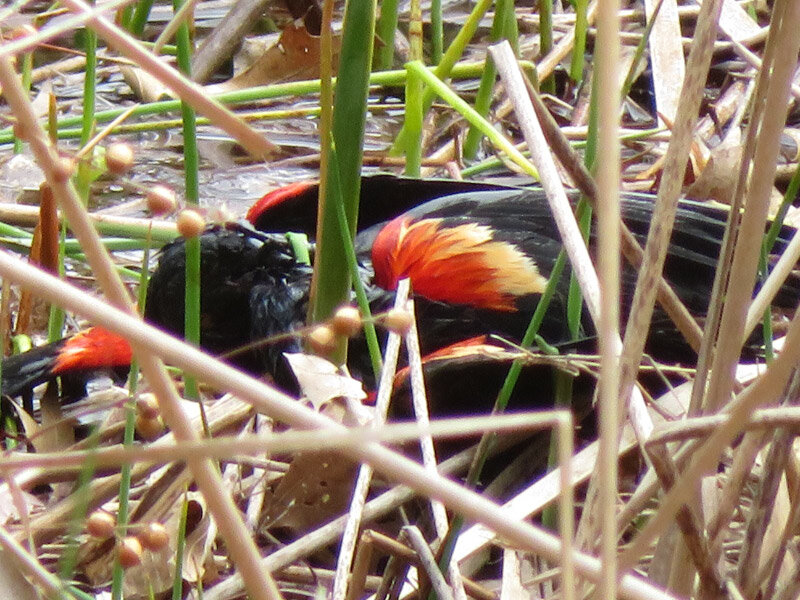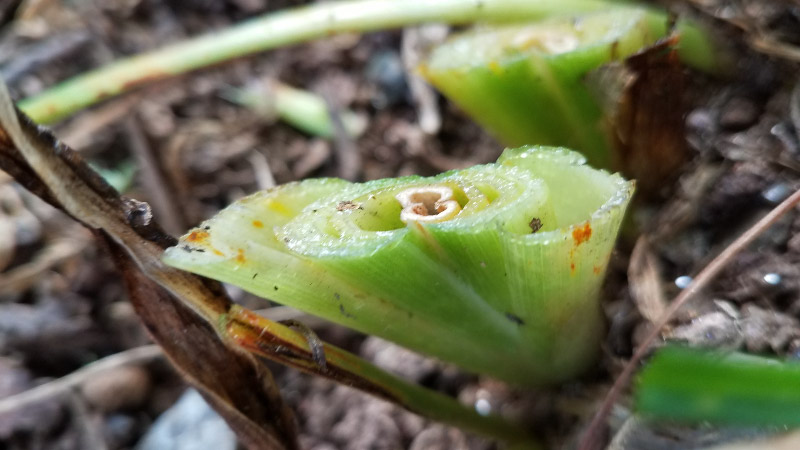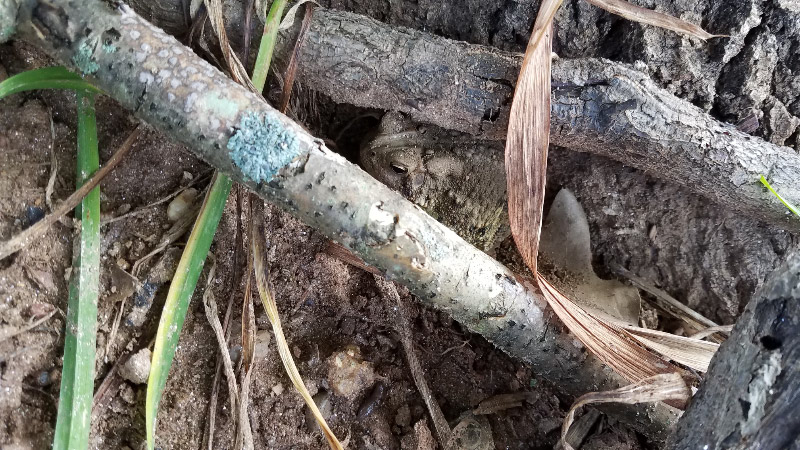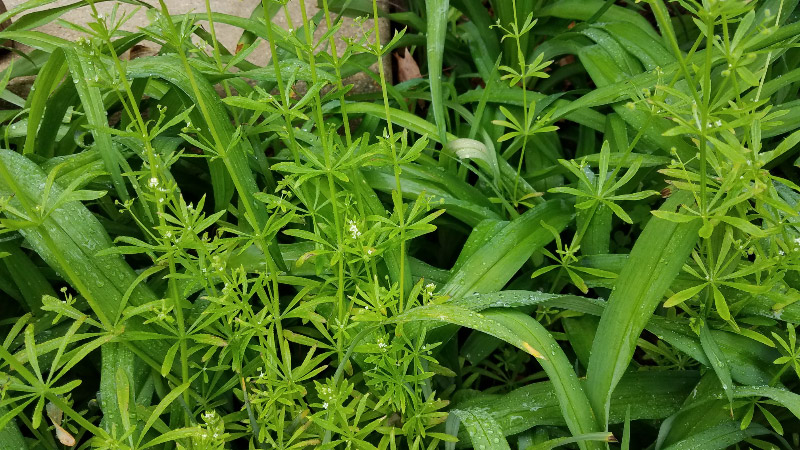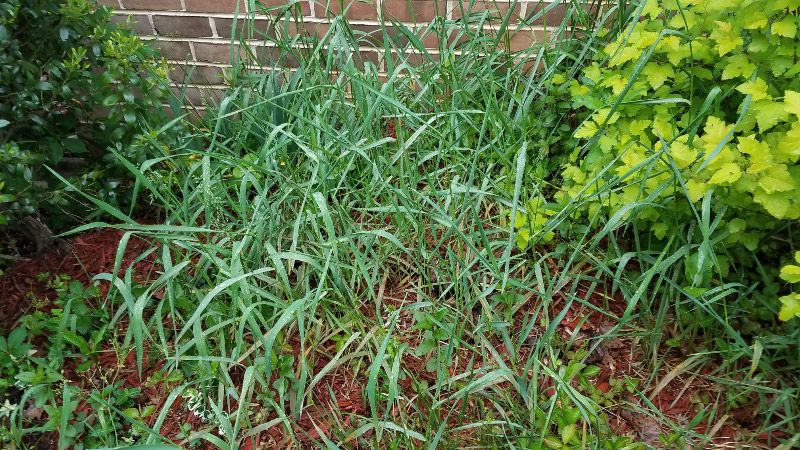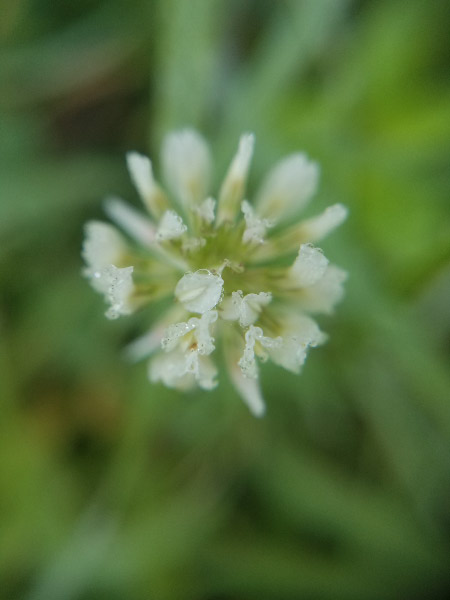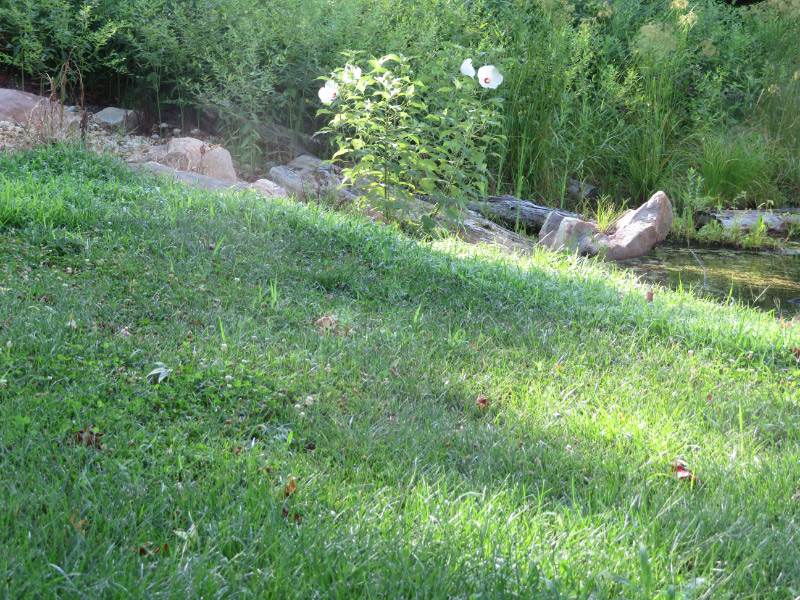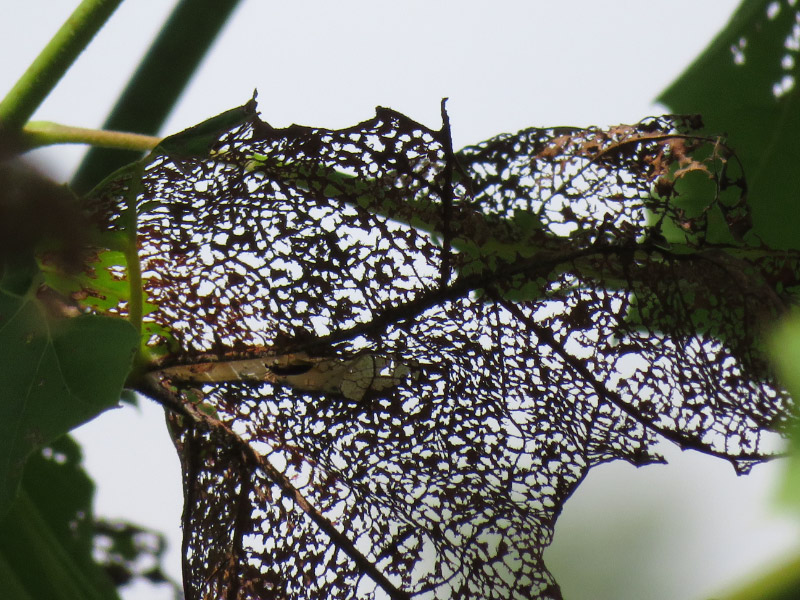Continuing the blog post series prompted by COVID-19….
Gleanings for this week
The items below were ‘the cream’ of the articles and websites I found this past week. Click on the light green text to look at the article.
Volunteers Spot New Sites in Aerial Images of England - Archaeology Magazine – Volunteers and lidar scans…a productive combination!
Seven highlights from 70 years of the National Science Foundation - The Bridge: Connecting Science and Policy - AGU Blogosphere – Deepwater Horizon oil spill, public radio and television, ozone hole, strong curricula for introductory science, deep-sea exploration, student opportunities, and COVID-10 response. It seems like the list it too skewed to recent years.
We don’t need nearly as much protein as we consume - BBC Future – Another recommendation of getting nutrients from food rather that highly processed food or supplements….and moderation too. Skewing the diet toward protein at the expense of other nutrients is not healthy!
The Coolest Kingfishers from Six Continents – I’ve seen the first three! All three in south Texas and the Belted Kingfish elsewhere too. Kingfishers are an easily recognized shape….heavy bill, bigger head relative to body…etc.
How Americans are coping with COVID-19 stress -- ScienceDaily – This report was prior to the additional stressor of George Floyd’s death….the racism of police evident in the videos of the event and the response to protests that seems too militarized. It seems like 2020 will be a pivot point in our nation’s history and how we all respond to the stressors of the year is important in the outcome. I hope that we can show the best of ourselves…our utmost caring for all people and our planet that is our home.
Ice Arch Persists Despite Warm Arctic – It won’t last long…the ice arch which prevents sea ice from drifting south generally breaks up in June or July. Last year it broke up in mid-April.
'New' Footage of Benjamin, the Last Tasmanian Tiger Ever Seen Alive | Smart News | Smithsonian Magazine – A 21-second video from 1935.
Top 25 birds of the week: Seabirds - Wild Bird Revolution – I’ve seen most the North American birds in these photographs….except for the puffins.
Babies know when you imitate them -- and like it -- ScienceDaily – Most parents probably realize this to some extent…but the research teases out more specifics about how babies respond to knowing they are being imitated.
The remarkable power of the prickly pear - BBC Future – Grown as a crop for food in arid areas and then using the waste left after the food is extracted to generate biofuel. Wish we had more processes like this.
Unique activities for yesterday:
Aftermath of thunderstorm. I did another early morning in the outdoors – noting the aftermath of the thunderstorm the night before. Both birdbaths had been filled by the rain. The one in front is surrounded by day lily leaves…I’m not sure how often it is used by birds, but I like the way it looks from our front door.









